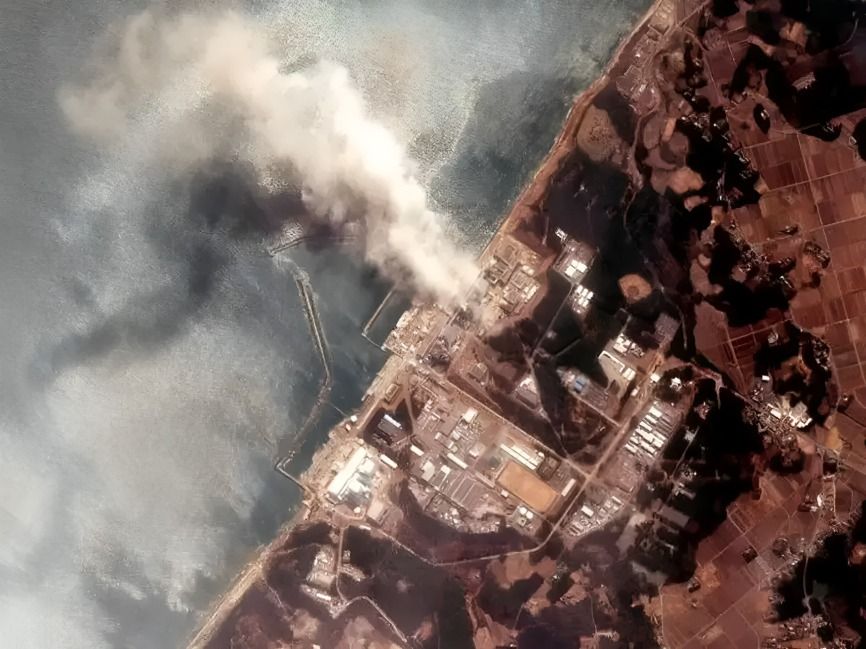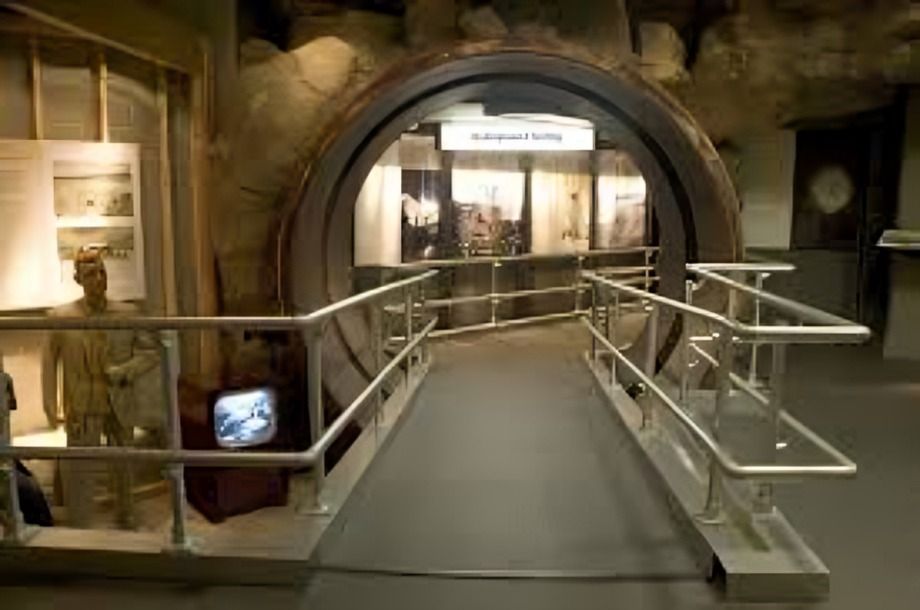
“
Nuclear energy is a fascinating topic that involves splitting atoms to generate power. It powers about 11% of the world’s electricity through reliable and low-emission nuclear reactors. Despite its advantages, nuclear energy also poses challenges related to safety, waste disposal, and public perception. In this blog, we'll discuss 20 educational nuclear energy facts about how nuclear energy works, its benefits, and some challenges it poses. Let's dive in and scrutinize the intriguing world of nuclear power!1
1
”
Nuclear energy accounts for 10.4% of the world’s electricity, second only to hydropower, which contributes 15.8% of the global share among low-carbon sources. Nuclear energy, combined with renewables, contributes to over one-third of global electricity generation. 1
Currently, 32 countries operate nuclear plants, with the US leading at 96 reactors, followed by France (58), China (50), and Russia (38). Additionally, there are plans to construct 55 new reactors globally in the near future. 2
The first controlled nuclear chain reaction was achieved by Enrico Fermi in 1942 at the University of Chicago. This experiment laid the foundation for both nuclear power and atomic weapons. It marked the beginning of the nuclear age. 3
Nuclear power provides clean energy without greenhouse gas emissions, but its drawbacks include radioactive waste, safety concerns, and high investment costs. Proper waste disposal and safety measures are crucial for its sustainable use. 4

The Chernobyl disaster in 1986 and the Fukushima Daiichi disaster in 2011 are the most infamous nuclear accidents in history. Both events raised global concerns about the safety of nuclear power, leading to increased regulations and safety standards.
According to the International Energy Agency’s 2017 report, the United States leads as the world’s largest nuclear energy producer. With 99 GW of installed capacity, it generates approximately 830 TWh of electricity, accounting for 32.3% of global nuclear energy production.5
Did you know? It also has significant drawbacks. One major concern is nuclear waste. Reactors must periodically shut down to remove spent uranium fuel, which remains radioactive for thousands of years. Proper disposal is crucial to prevent health risks.6
Thorium is an alternative nuclear fuel that is more abundant than uranium and produces less long-lived waste. Research into thorium reactors is ongoing, with the potential to create safer and more sustainable nuclear power. 7
Calder Hall, located in Cumbria, UK, holds the distinction of being the first nuclear power station to supply electricity commercially. Queen Elizabeth II inaugurated it on October 17, 1956. The station featured four Magnox reactors, each capable of producing 60 MWe.8
The sun generates light energy and heat through nuclear fusion in its core, converting hydrogen to helium. Similarly, a nuclear reactor produces heat, which drives turbines to generate electricity. 9
The Nevada National Security Site (NNSS), located 65 miles north of Las Vegas, played a significant role in nuclear testing from 1951 to 1992. The US Atomic Energy Commission, established after World War II, monitored global atomic technology development.10
Small Modular Reactors (SMRs) are an emerging technology that aims to make nuclear energy more flexible and accessible. SMRs are smaller, cheaper to build, and can be deployed in remote areas. They represent the future of nuclear power. 11
World Nuclear Energy Day is celebrated annually on December 2nd. On this day, people around the globe come together to recognize the virtues and benefits of nuclear energy. They discuss new technologies, and work towards including nuclear energy in legislation at all levels. 12

The Atomic Museum in Vegas is a treasure trove of nuclear science facts. Its exhibits provide a comprehensive understanding of atomic testing history through text, images, videos, and artifacts. Notably, visitors can explore the impact of real nuclear bombs.
NASA’s Mars rover Perseverance uses a nuclear battery that can last 14 years, allowing it to conduct experiments even during periods when solar energy isn’t sufficient due to Martian conditions. 13
Nuclear power plants, which don’t emit air pollution or contribute to carbon emissions, can be situated in urban and rural areas without significantly altering the environment. However, countries seeking to build such plants must have advanced technology. 14
Joint European Torus (JET) in December 2021, during nuclear fusion achieved an energy output of 59 megajoules which is the highest energy output. During the experiment, JET generated power at a rate of 11 megawatts for five seconds. 15
In 2013, France met 73.3% of its electricity demand through nuclear power, aligning with the government’s energy security policy. The country boasts 58 reactors, collectively generating 63 GWe (gigawatts electric). 16
China is constructing 27 new nuclear power stations, accounting for approximately 40% of global construction. However, its existing 13 operational nuclear plants contribute only about 2% of the country’s electricity. 17
Thorium is an alternative nuclear fuel that is more abundant than uranium and produces less long-lived waste. Research into thorium reactors is ongoing, with the potential to create safer and more sustainable nuclear power. 18


